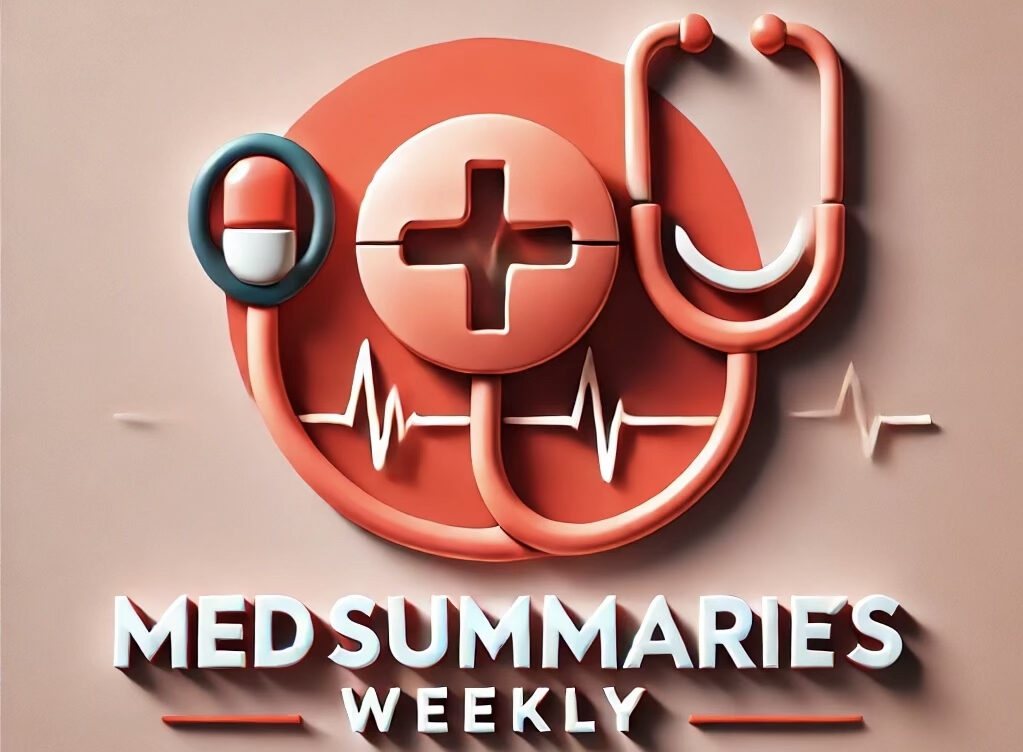Catheter Ablation vs. Antiarrhythmic Drugs for Ventricular Tachycardia
Study Overview
Title: Catheter Ablation or Antiarrhythmic Drugs for Ventricular Tachycardia
Authors: John L. Sapp, M.D., Anthony S.L. Tang, M.D., Ratika Parkash, M.D., William G. Stevenson, M.D., Jeff S. Healey, M.D., Lorne J. Gula, M.D., Girish M. Nair, M.B., B.S., +19 (VANISH2 Study Team)
Publication Date: November 16, 2024
Journal: New England Journal of Medicine
DOI: 10.1056/NEJMoa2409501
Background
Patients with ventricular tachycardia (VT) and ischemic cardiomyopathy face a high risk of adverse outcomes. While catheter ablation is a common intervention when antiarrhythmic drugs fail, its effectiveness as a first-line treatment compared to antiarrhythmic drug therapy remains uncertain.
Methods
This international randomized trial included 416 patients with a history of myocardial infarction and clinically significant VT. Patients were assigned in a 1:1 ratio to receive either:
- Catheter Ablation: Performed within 14 days post-randomization.
- Antiarrhythmic Drug Therapy: Sotalol or amiodarone administered per prespecified criteria.
All patients had an implantable cardioverter–defibrillator (ICD). The primary endpoint measured was a composite of death from any cause, VT storm, appropriate ICD shock, or sustained VT requiring medical intervention occurring more than 14 days after randomization.
Results
- Follow-up duration: Median of 4.3 years
- Primary endpoint occurrence:
- Catheter Ablation Group: 50.7% (103 of 203 patients)
- Drug Therapy Group: 60.6% (129 of 213 patients)
- Hazard Ratio: 0.75 (95% CI, 0.58–0.97; P=0.03)
Graphical Summary
Conclusion
In patients with ischemic cardiomyopathy and VT, initial catheter ablation resulted in a lower risk of primary endpoint events compared to antiarrhythmic drug therapy. These findings support catheter ablation as a more effective first-line treatment for this population.
Reference
Sapp JL, Tang ASL, Parkash R, et al. Catheter Ablation or Antiarrhythmic Drugs for Ventricular Tachycardia. N Engl J Med. 2025;392:737-747. DOI: 10.1056/NEJMoa2409501.
